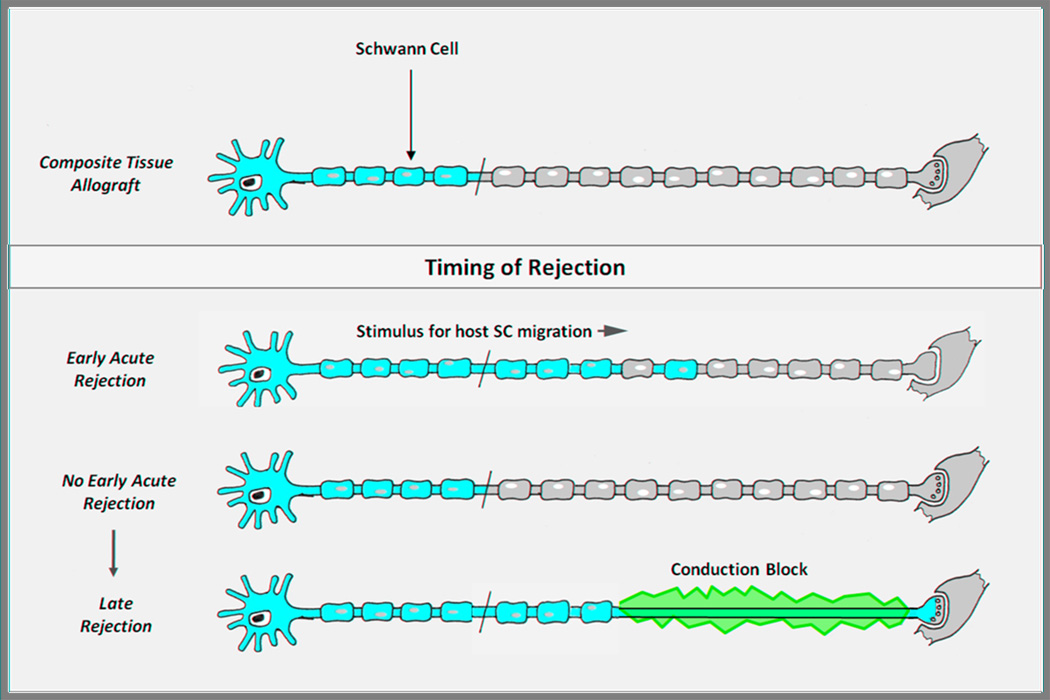Figure 2. Schwann cell fate in relation to timing of rejection in composite tissue allotransplantation.
Minor early acute rejection episodes provide a stimulus for proximal host Schwann cell (SC) migration into the donor nerve. Without early rejection episodes, donor SCs will support axonal regeneration as well as host SCs. However, should late rejection occur without repopulation of the regenerated nerve by host SCs, the patient will be left with a debilitating conduction block. In this scenario, the host axon will not be supported by the rejected donor SCs, and host SCs cannot repopulate the entire length of the nerve from the proximal stump alone. (Adapted from Moore AM et al. Nerve allotransplantation as it pertains to composite tissue transplantation. Hand. 2009;4:239-44; with permission.)

